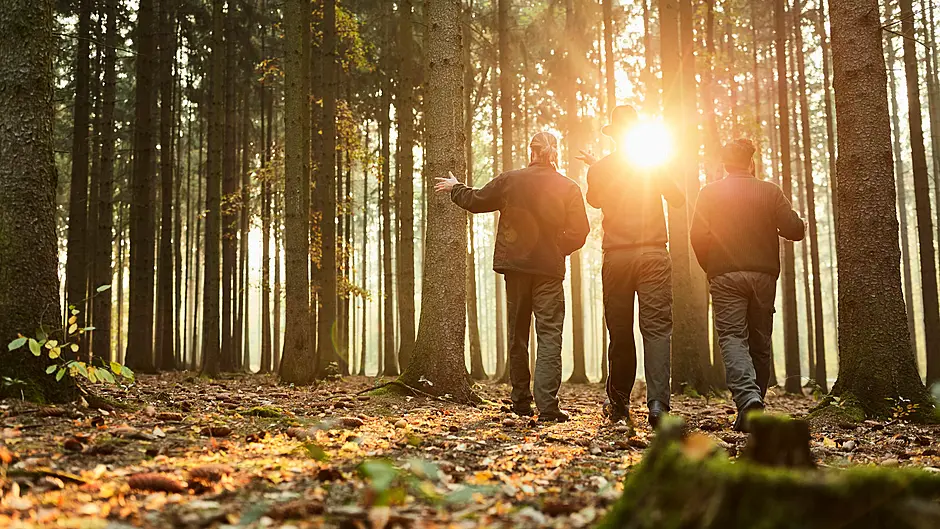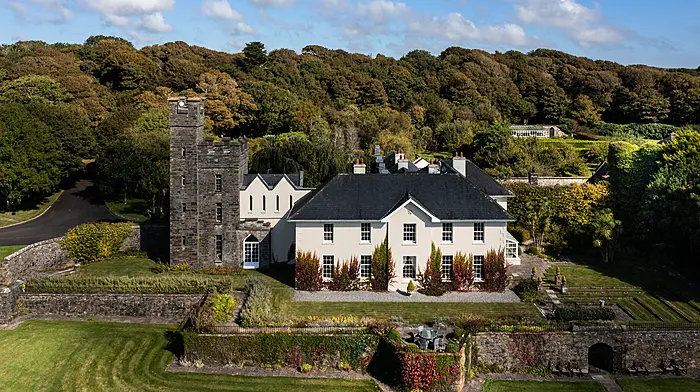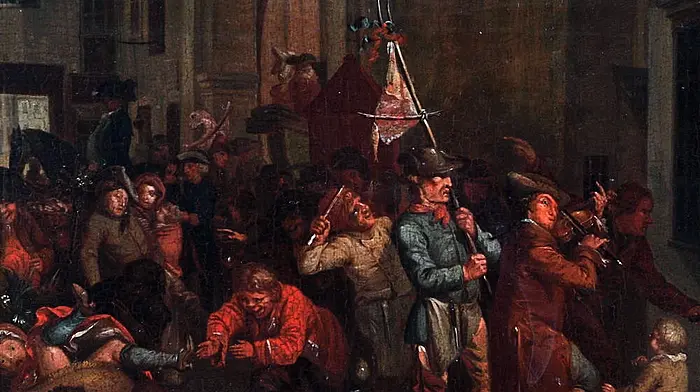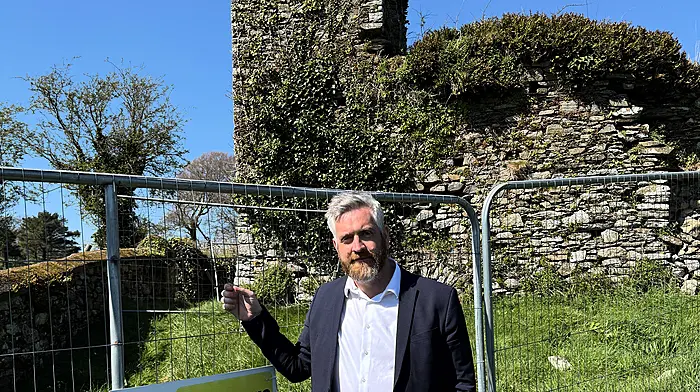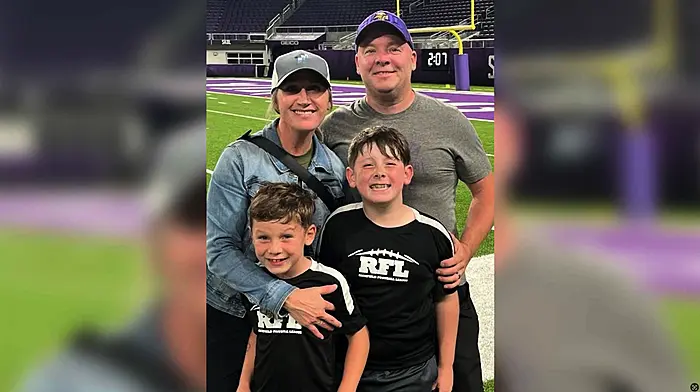For many – and not just those in the farming community – forestry has become a very sensible long-term investment. CONOR POWER looks at some of the reasons why
‘For the last 30 years, forestry has been an attractive investment in Ireland,’ says John Hodnett of Hodnett-Forde Property Services in Clonakilty.
‘This was due to the fact that it was incentivised by attractive grants and tax-free premiums … in most cases, the grant will cover all the necessary works to get the grounds planted.
‘The Irish climate played its part too – forestry grows well here and in many parts of the continent, it would take double the time to grow forestry.’
As agricultural land continued to become an increasingly attractive prospect for investors generally, there was a shift away from forestry as investors realised that getting the right location, quantity and access was difficult, while at the same time, planning permission for forestry got tighter.
‘Over time, there have been different restrictions,’ says John. ‘The supply of all land – especially land for forestry – has been tight over recent years.’
Now, however, the Government have come up with a new round of schemes that are going to transform the forestry sector that had, over the last few years, been showing signs of stagnation.
The Department of Agriculture, Food and the Marine currently has a forestry programme with a hefty budget of €1.3 billion. With forestry’s ability to make strident gains in areas such as improving biodiversity, reversing climate change, wood production and employment, it isn’t surprising that the powers-that-be are going full tilt in encouraging people to plant trees.
The Department’s website (go to gov.ie and find Dept of Agriculture, Food and Marine) has all the information you need on the various grants for anyone interested in starting their own forestry.
The current Forestry programme is to run until 2027 and, given the programme’s importance on so many levels in the current climate, it’s difficult not to see it continue in some form on a more permanent basis thereafter.
‘You have two main strands of funding,’ says Tom Houlihan, acting head of forestry development at Teagasc, Killarney.
 Tom Houlihan, acting head of forestry development with Teagasc says that raising awareness of the opportunities that are available is a priority.
Tom Houlihan, acting head of forestry development with Teagasc says that raising awareness of the opportunities that are available is a priority.
‘First you have the Afforestation Scheme. There are 12 different forest types that people can consider, according to their objectives. Then the Native Tree Area Scheme that was brought in before Christmas allows for the planting of small areas of native broadleaf trees. It can apply to farmers and non-farmers, although the land would have had to have been farmed previously.’
Under the Afforestation Scheme, you need to work with a registered forester, who submits the application on your behalf.
Compared the old scheme that ran from 2014 to 2020, payment rates have increased significantly – by between 46% and 66%. One of the biggest changes, however, is that the length of the term for agroforestry premiums will double from 5 to 10 years. And exclusively for farmers, is the 20-year premium term.
For mixed forestry types, at least 20% of the mixture must be composed of broadleaf varieties and the kinds of land that won’t qualify for grant aid include a broader range of protected zones, such as peat soils, breeding grounds for wader birds and High Nature Value farmland. A full list of the terms and conditions applying can be found on www.gov.ie/forestry, where you can also see a list of grants and annual premiums.
The latter come in around €1,000 per hectare per year, whilst the grants range from €2,500/ha for an emerging forest up to €10,500/ha for forests on public lands. Added to this are grants for fencing and for improvement of access under the separate Forest Roads Scheme.
‘Our forestry development department within Teagasc integrates research, advice and training in terms of forestry,’ adds Tom. ‘One of our priorities is raising awareness in terms of the opportunities that are there.’
The informational clinics and initiatives are conducted on a nationwide, regional-wide and local level, Tom says, and they also focus on how farming would fit in with plans for forestry on farmland.
‘We call it “Whole Farm Planning’,” says Tom, ‘where we try to see where it will fit in overall for each person’s business.’
So far, the clinics have proven very popular and Teagasc have had to extend the programme in many cases in order to deal with the demand. All of which goes to show that there is a very strong interest in afforestation, with the new programme having a number of strings to its bow to suit all kinds of landowners.
‘We will be running a range of initiatives all through the year,’ says Tom, ‘supporting existing forest owners and also supporting those landowners who are looking at new forest opportunities.’
For more information on upcoming events and initiatives (as well as information on the Forestry Programme in general), see Teagasc.ie.

